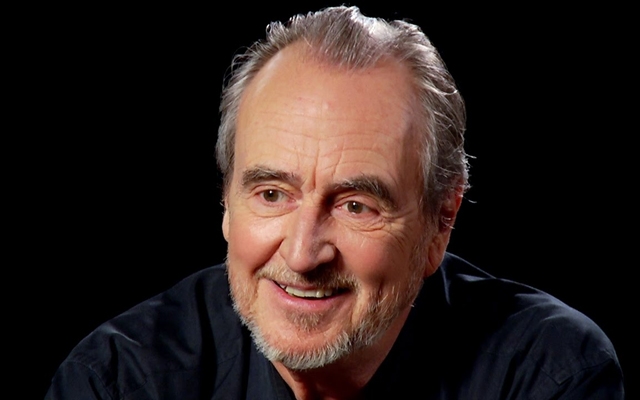Yesterday, iconic horror film director, writer, and producer Wes Craven passed away at the age of 76 after a battle with brain cancer. While he started his film career out in the pornography industry, he made his feature film debut with the original Last House on the Left in 1972. Craven helped launch the careers of some of Hollywood’s biggest stars, like Johnny Depp, Sharon Stone, and Bruce Willis, and his contributions to horror helped make the genre more mainstream than ever.
Craven was still involved in developing projects through a television deal with Universal Cable Productions and was also serving as an executive producer on MTV’s current Scream series. He may be gone, but his horror films will go on terrifying audiences for decades to come.
Last House on the Left (1972)
This exploitation-horror film was written, directed, and produced by Craven and served as his feature film directorial debut. It was extremely violent and graphic for audiences at the time and inspired the infamous tagline, “to avoid fainting, keep repeating, ‘it’s only a movie’”. Despite the extreme subject-matter, and being censored and even banned in many countries, the film was a huge box office and critical success. A remake was released in 2009, and the revenge-horror sub genre lives on.
The Hills Have Eyes (1977)
Another addition to the exploitation-horror genre both written and directed by Craven, the original The Hills Have Eyes focuses on a family of deranged cannibals who survives by attacking, killing, and eating travellers. The film did moderately well at the time of its release, but has gained a cult following since sparking a 2006 remake and sequel which was written by Craven and his son Jonathan.
A Nightmare on Elm Street franchise
Craven wrote and directed the first Nightmare on Elm Street film in 1984 which introduced one of the scariest villains in horror history— Freddy Krueger. The franchise includes various tropes found in low-budget horror films like the interplay between morality and teenage promiscuity. A true “slasher flick”, the first Elm Street film a was critical and commercial success that went on to inspire nine more films, including a 2010 remake and a crossover film pitting Freddy against Jason from the Friday the 13th franchise.
Wes Craven’s New Nightmare (1994)
While technically a part of the Nightmare on Elm Street franchise, New Nightmare doesn’t continue the storyline established by previous films. Craven set out to make a meta slasher film by characterizing Freddy Krueger as a movie villain who crosses over into the real world to terrorize the cast and crew responsible for making a movie about him. The film serves as an homage to its franchise, and includes many of the original actors playing themselves.
The People Under the Stairs (1991)
One of his lesser known films, but still one that was relatively successful at the box office was The People Under the Stairs. Returning to themes of cannibalism, inbred villains, and a protagonist who has to go extremes to survive, the film is classic Craven. He was working on a TV reboot with the SyFy channel before he passed away.
Scream franchise
Although Craven turned down the opportunity to direct Scream (which was originally titled Scary Movie) at first, he ended up signing on after hearing that established actors (namely Drew Barrymore) were interested in the project. The film is considered a slasher flick inspired by all the ones that came before it (including A Nightmare on Elm Street). It ends up being part satire, part slasher-comedy that pokes fun at the cliche elements of the horror genre. The franchise includes three sequels starring the iconic villain, ghost face (embodied by various characters), and a recent reboot produced by MTV.
Music of the Heart (1999)
In Craven’s only departure from the horror genre, Music of the Heart follows the true story of Roberta Guaspari, a violinist who starts teaching music at a school in East Harlem. Meryl Streep earned an Oscar nomination for her portrayal of Guaspari, and the film was a critical success. It was Craven’s only film to be nominated for major awards, although his work in horror was often recognized for genre-specific awards.
Red Eye (2005)
More of a thriller than a horror film, Red Eye takes place almost entirely on a plane during a flight from Dallas to Miami. A hotel manager discovers she’s in the middle of a terrorist plot to assassinate the United States Deputy Secretary of Homeland Security, and must figure out a way to stop it from happening. Starring Rachel McAdams and Cillian Murphy, the film was a box office hit, and even won Choice Thriller at the Teen Choice Awards.












